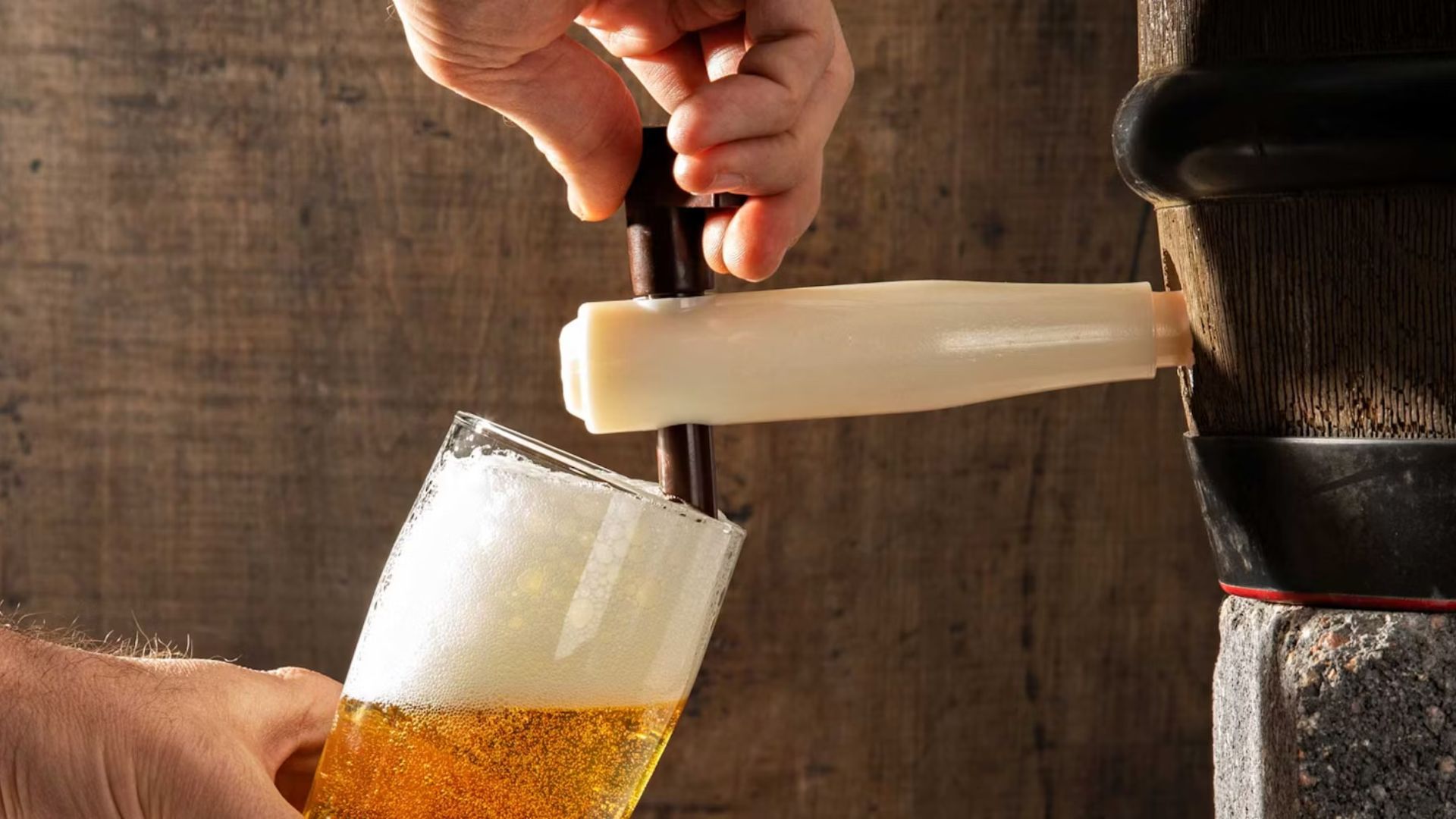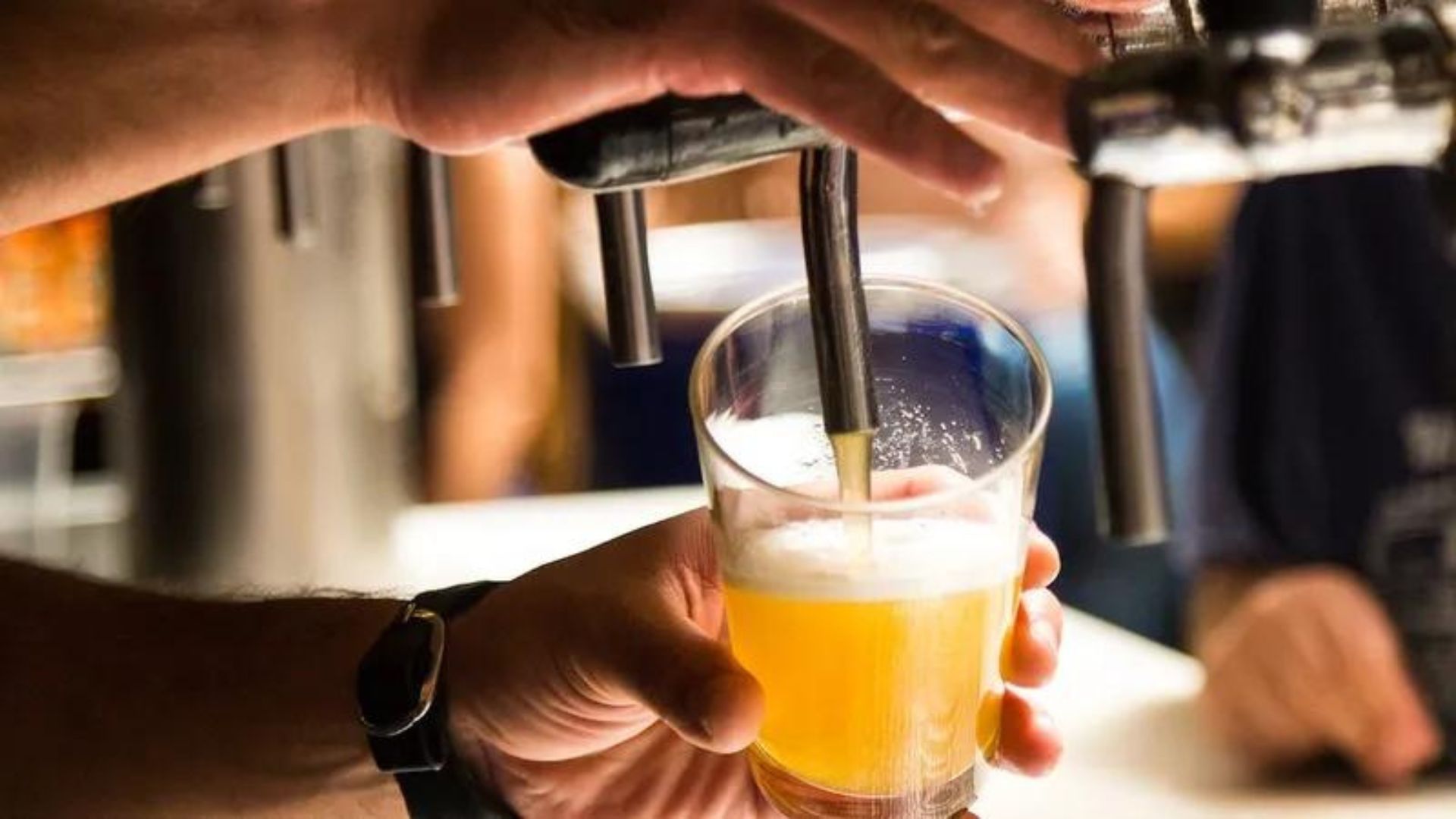Welcome to the world of brewing lager beer! Whether you’re a novice or a seasoned brewer, crafting a perfect lager is a rewarding journey. Lager beer, known for its clean, crisp taste and refreshing qualities, requires meticulous attention to detail throughout the brewing process. From selecting the finest ingredients to mastering fermentation techniques, every step plays a crucial role in achieving that signature lager flavour. In this guide, we’ll break down the process into manageable steps, ensuring you have the knowledge and confidence to brew exceptional lagers at home. So, grab your brewing equipment and let’s dive into the wonderful world of lager brewing!
Choosing Your Ingredients
Selecting Malt, Hops, Water, and Yeast
The foundation of any great lager starts with quality ingredients. Begin with selecting high-quality malt, preferably pale malts, to provide a clean and light base for your beer. Choose hops with mild bitterness and delicate aromas to complement the malt sweetness without overpowering the beer’s profile. Ensure your water source is clean and free from impurities, as water quality can greatly impact the final flavour of your brew. Lastly, select a lager yeast strain known for its ability to ferment at cooler temperatures, resulting in a clean and crisp finish synonymous with lager beer.
Mashing and Boiling
Preparing the Wort
Once you’ve gathered your ingredients, it’s time to transform them into wort, the liquid base of your beer. Begin by mashing the malt in hot water, activating enzymes that convert starches into fermentable sugars. Maintain a steady temperature of around 150°F (65°C) for 60 to 90 minutes, allowing the enzymes to work their magic. This step is crucial in extracting sugars essential for fermentation and imparting flavour to your beer.
Adding Hops and Boiling
After mashing, transfer the wort to a kettle and bring it to a gentle boil. Add hops at various stages during the boil to achieve the desired bitterness and aroma profile. Skim off any foam that forms on the surface during boiling to maintain clarity in your finished beer.

Fermentation and Conditioning
Fermentation Process
Once the boiling process is complete, it’s time to cool the wort and transfer it to a fermentation vessel. Lager yeast thrives in cooler temperatures, typically between 45°F and 55°F (7°C and 13°C). Ferment the wort at these temperatures for several weeks, allowing the yeast to convert sugars into alcohol and carbon dioxide while imparting its characteristic clean and crisp flavour profile to the beer.
Cold Conditioning (Lagering)
After primary fermentation is complete, it’s time for cold conditioning, also known as lagering. Lower the temperature of the beer to near freezing and let it condition for several weeks to several months. This extended cold storage period helps to clarify the beer, smooth out any harsh flavours, and achieve that trademark clean finish associated with lagers. Proper lagering is essential for refining the beer’s flavour and ensuring it reaches its full potential.
Packaging and Carbonation
Bottling or Kegging
When bottling, it’s essential to ensure that your bottles are clean and sanitized to prevent contamination and spoilage. Additionally, consider investing in a bottle filler to minimize oxygen exposure and maintain carbonation levels during the bottling process. Once filled, cap the bottles securely and store them in a cool, dark place to condition and carbonate naturally over time.
Carbonation
Carbonation is a critical aspect of beer packaging that directly affects its mouthfeel, flavour, and overall drinking experience. This process typically takes several weeks, during which the sealed bottles condition at room temperature. This method allows for precise control over carbonation levels and significantly reduces the time required for conditioning compared to bottle conditioning. By adjusting the pressure and temperature settings on the CO2 regulator, brewers can achieve the desired carbonation level quickly and efficiently.
Conclusion
In conclusion, brewing lager beer requires patience, attention to detail, and a passion for quality ingredients. By following the steps outlined in this guide and experimenting with different techniques, you can craft lagers that rival those found in breweries around the world. So, roll up your sleeves, embrace the process, and embark on the rewarding journey of brewing your delicious lager beers. Cheers to your brewing success!
